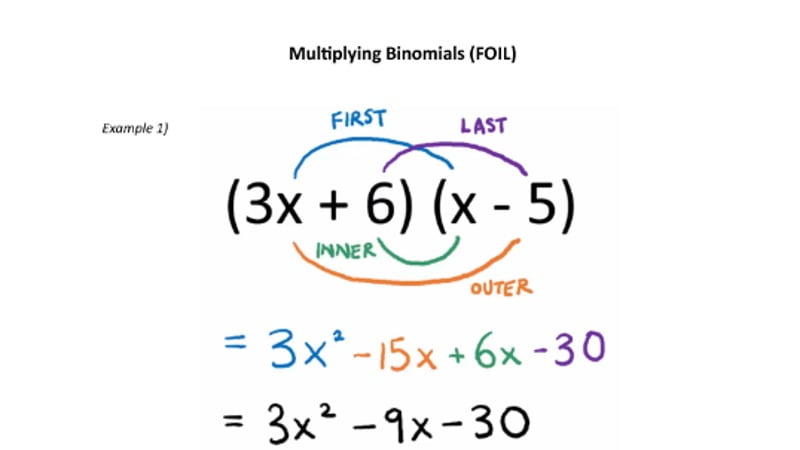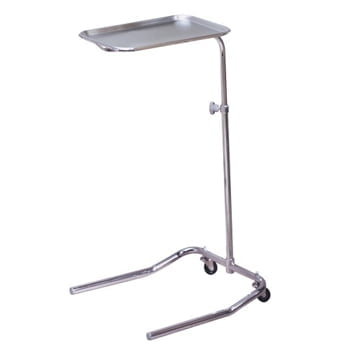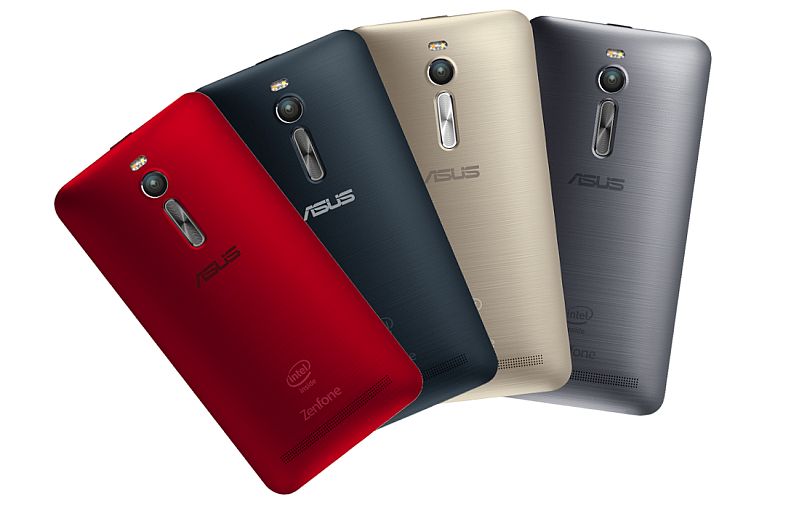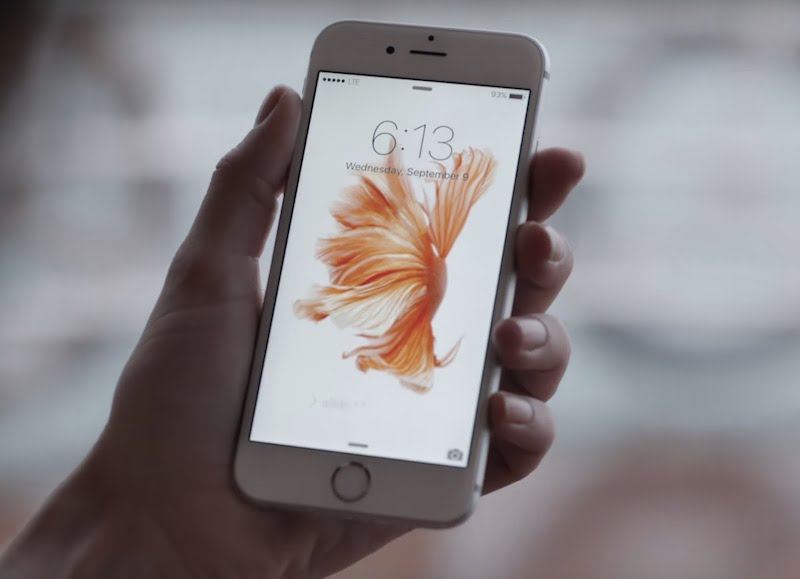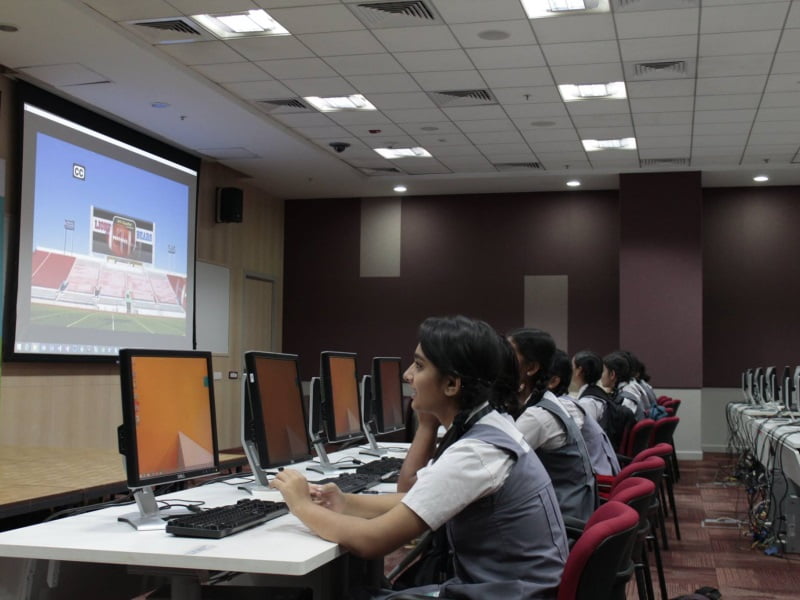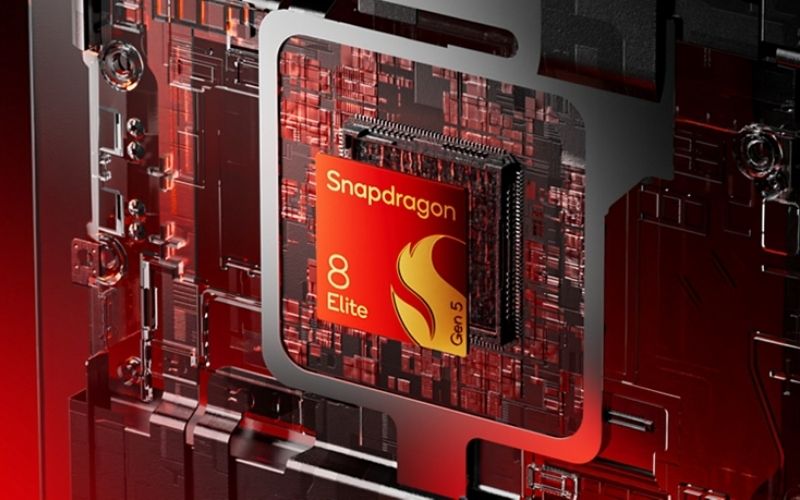
I’ve been checking out the Galaxy S26 Ultra leaks, and some of the upgrades look useful. Despite this, I’m a little concerned about one camera modification. The Ultra is Samsung’s biggest and most powerful smartphone, packed with more artificial intelligence than ever. Samsung may use artificial intelligence to add privacy features to the Galaxy S26 Ultra, similar to screen protectors that block direct sunlight from your display. And that’s just the beginning.
Beyond AI, there are changes to the design, display, battery, and camera. I dug through the internet to see what’s new, and while most updates look awesome, photographers might not be thrilled with one particular change.
Ultra design for S26 The Galaxy S26 Ultra brings back the flat display once more, with a camera hole sitting right in the middle at the top. The screen edges stay thin and even all around, giving it a clean look.
This time, the corners curve slightly
When holding the phone, I prefer the feel of rounded edges, but sharp corners always appear sleeker and more expensive. However, there are better ways for design to stand out than hurting your hand, so I’d rather avoid the pain of holding a sharp phone. On the right side, you’ll find every physical button—volume up and down above the power key. The left side stays bare. Down at the bottom sit the SIM tray, main speaker, USB Type-C port, and S Pen slot tucked in the bottom-left corner.
The back design takes a cue from the S25 Edge and Z Fold7, sporting a similar camera island. The layout stays familiar, though not every lens pops out from the body. 3 cameras line up vertically on the left, resting on a raised island that sticks out around 4.5 mm while the phone itself is about 7.9 mm thick. The bump stands out, no doubt, but it’s a small price for a camera setup that can crush anything else out there.
The S26 Ultra is about 217 grams in weight and has dimensions of 163.4 x 77.9 x 7.9 mm (or 12.4 mm if you count the camera bump). For comparison, the S25 Ultra came in at 162.8 x 77.6 x 8.2 mm and weighed 218 grams. So it’s almost the same size, just a touch slimmer and lighter.
S26 Ultra display
Samsung is jumping to M14 OLED panels with CoE tech—a mix that trims bulk, kills glare, and makes colors pop brighter. The S26 Ultra’s screen should be about 6.89 inches, but Samsung will shave a few millimeters off to 6.9 just to be flexible. Size-wise, it’s a match for the Galaxy S25 Ultra.
Buried in the One UI 8.5 code, though, lies the fun part—a “Private Display” mode. It limits how much people can see from the side, keeping your screen safe from nosy eyes.
The Galaxy S26 Ultra may include a feature known as Flex Magic Pixel, which sounds like something out of a sci-fi movie. It can sense if you’re in a crowd, maybe on the subway or at a café, and adjust your screen’s visibility. Yeah—you give up a bit of privacy just to protect your screen privacy. But then again, it’s no different from how Apple Maps or Google Maps know when traffic jams up on your way home.
S26 supercomputer The Galaxy S26 Ultra is shaping up to pack some serious power. For starters, Samsung will use the Snapdragon 8 Elite Gen 5. Qualcomm confirmed it during the Snapdragon Summit 2025, even if they didn’t name specific phones.
Not every S26 Ultra may run Snapdragon, though. The Exynos 2600 may appear in some markets, according to rumors. Samsung has a history of using Exynos chips in Europe while the US and China get Snapdragon versions.
The Exynos 2600 will be the first 2nm mobile chip, featuring a deca-core CPU in a 1+3+6 setup. Mass production kicked off last month.
S26 Ultra battery
The Galaxy S26 Ultra’s 5,000 mAh battery is identical to that of previous Ultra models. The Galaxy S25 Ultra lasted for 17 hours and 15 minutes in Tom’s Guide’s battery test, which is the longest any Samsung phone has ever been able to last. The S24 Ultra, with the same 5,000 mAh cell, managed 16 hours and 45 minutes. That represents a 3% increase over 30 minutes. Although a 5,000 mAh battery may seem insignificant in 2025, when some flagship phones have 6,000 mAh capacities, the S26 Ultra may surprise us if Samsung improves efficiency. There are persistent rumors regarding charging. Samsung is said to be moving up to 60 W wired charging, but some reports say it will stick with 45 W. No one knows for sure yet.
However, I anticipate Qi2.2 wireless charging reaching 25 W. Samsung could make use of the phone’s internal magnets, which are said to be present. The company already launched a couple of new Qi2-compatible wireless chargers in the US, which might hint at what’s next. One charger is made for cars ($84.99), and the other for home use ($34.99).



